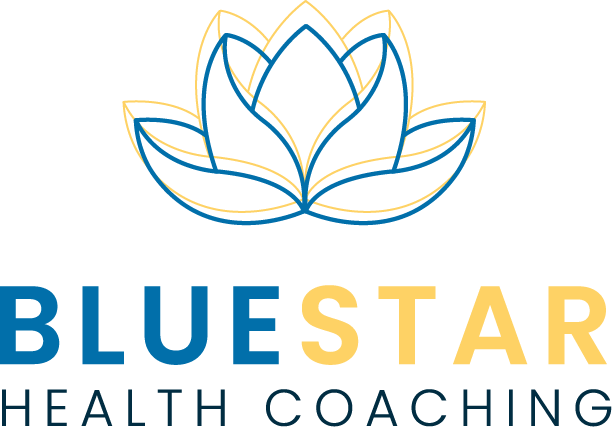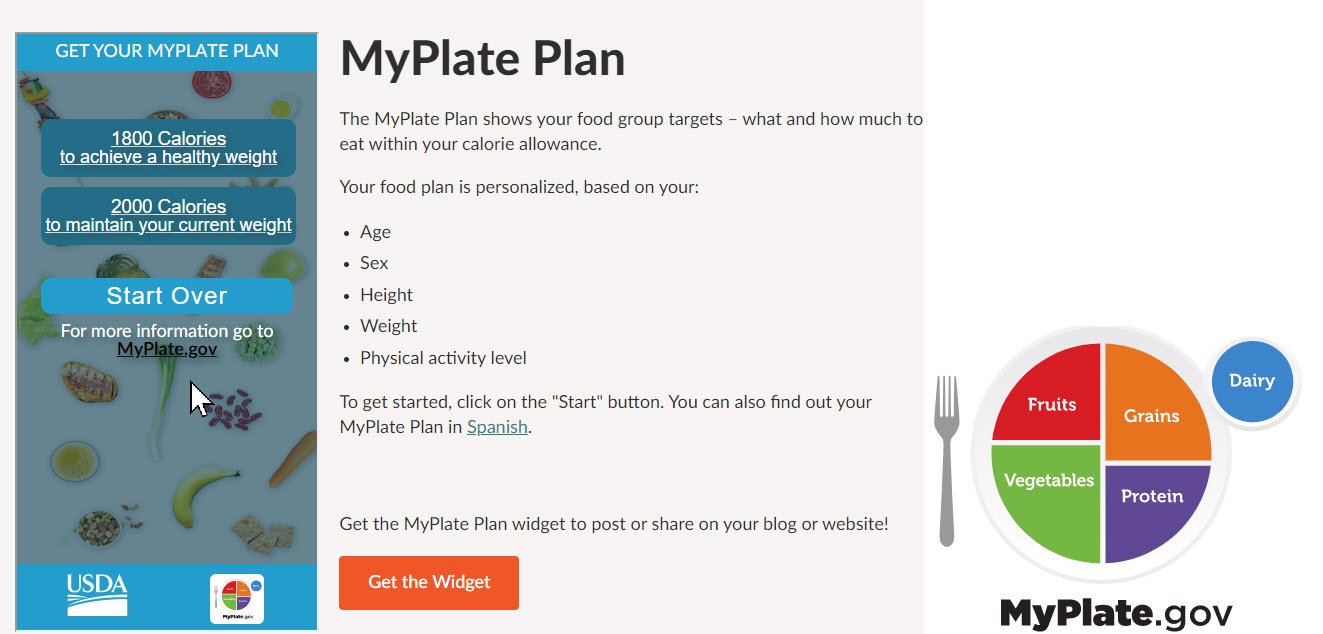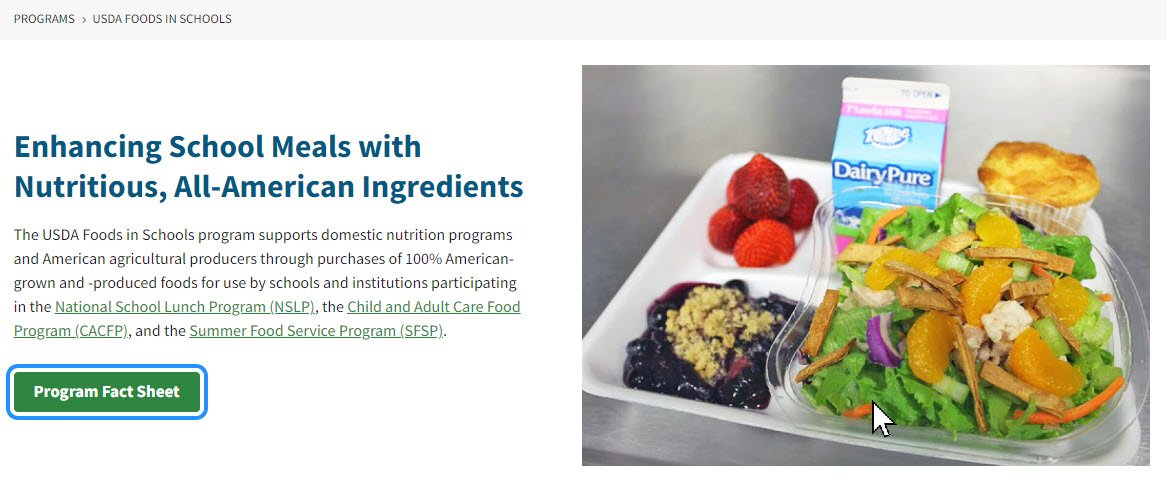Are you Eating to Survive or Thrive?
Surviving versus Thriving
Ironically, America is leading the World in the number of people who are overfed but undernourished. On average, we consume low-quality energy-dense food that packs on body fat. Many of these foods lack vital nutrients and leave us hungry (Astrup & Bügel 2019; Squires 1989). Despite food abundance in the US, most Americans are surviving, not thriving, and most are unwell. One picture can be worth a thousand words, just look at the data from the CDC obesity prevalence chart below:
From the CDC Obesity data prevalence maps online
In 20 years, from 1990 to 2010, the prevalence of obesity more than doubled in the US (CDC Data Prevalence maps). In 1990, most states had low levels of obesity (10-14%). By 2000, no state had a prevalence under 10%, and by 2010 most states were in the 20%-30%+ range.
What is driving the obesity epidemic & what can stop it?
Why are Americans eating lower-quality foods in a country rich in agricultural choices and top-notch science? The reasons are vast, covering topics ranging from historical, political, religious, societal, economic, and environmental, to name a few (see Nutrition Coalition web page). Occam’s Razor is the idea that the simplest or most obvious explanation is the best starting point until proven wrong. Applying this principle to the obesity epidemic may allow us to gain perspective.
Wisdom of farmers on energy-dense foods
Farmers know that if you want to fatten livestock, feed them energy-dense caloric foods especially carbohydrate-rich barley, wheat, and oats. While we are not cattle, the same principles apply to people. Energy-dense foods in excess lead to fatter animals and obese humans. Most healthy people can eat whole grains in moderation and thrive. As you see from the obesity chart above, many Americans are unhealthy.
Wisdom of the ages on balancing protein and fuel ingredients
In 1902, Atwater, who is considered the “Father of Modern Nutrition Research”, recognized the energy density of carbohydrates and fat laden foods back in 1902 when he wrote:
“ Unless care is exercised in selecting food, a diet may result which is one-sided or badly balanced -- that is, one in which either protein or fuel ingredients (carbohydrate and fat) are provided in excess...”
— Atwater,1902
Today’s food environment & access to hyperpalatable foods
Atwater could not have fully anticipated the explosion of highly processed foods pushed into our supermarkets and institutions. Foods that are not only energy-dense but formulated to be highly addictive, “you can’t eat just one,” and it is so true. The increased formulation of foods with combinations of high fat, sodium, sugar, and carbohydrates are key to making foods addictive (aka hyperpalatable). A recent peer-reviewed Public Health Nutrition article on US Food products from 1988-2018 measured a significant increase in hyperpalatability. They concluded that :
… reformulation of food products to enhance their palatability may be a key strategy employed by US food companies, policy action targeting nutrient combinations in individual foods may be the most necessary and direct approach to regulating the presence of foods in the food environment that may be difficult to stop eating. Demeke et al. 2022
Many processed foods, like breakfast cereals, are touted as healthy due to the whole grains and fortified nutrients. The quality of this food depends on the fortified nutrients. For example, a popular cereal such as Honey Nut Cheerios (12 g sugar/1 cup) contains a long list of vitamins and minerals.
However, the bioavailability of fortified nutrients in processed foods has been called into question (Nutrient Bioavailability 2018). Bioavailability is a measure of how well our bodies can absorb these nutrients. Nutrient fortified processed foods may not always translate into nutrient absorption by our bodies.
USDA guidelines heavily influence food access and cost
Several years ago, I remember visiting my father in the hospital after heart surgery. His blood sugar level went to well over 350 mg/dL despite insulin being administered. To my horror, the hospital was feeding him a “diabetic meal” consisting of sugar-rich pancakes, syrup, and juice. The staff insisted this was on the list of diabetic foods along with the burger and French fries at lunch time. To get him low glycemic load foods, I had to sneak meals from the main cafeteria. Yes, government dietary guidelines do matter!
The US national dietary guidelines heavily influence foods served in our major institutions such as our schools, nursing homes, hospitals, and even in the military (USDA MyPlate.gov; Davis & Saltos 1999). Nina Teicholtz, a NY Times Science writer, has written and spoken prolifically on this topic (see video interview 2021). Nina's book "The Big Fat Surprise" has been called a "must read" by some of the most prestigious medical journals in the world, including The Lancet, The BMJ, and the American Journal of Clinical Nutrition. She details how Americans are eating more processed, energy-dense caloric foods with addictive/hedonistic properties – also call obesogenic foods (Teicholtz, 2014).
MyPlate.gov
I went to the USDA's MyPlate website and entered information that was supposed to personalize my dietary approach (USDA MyPlate.gov). The system said to eat less than 1800 calories. It doesn't ask me what my current health is or if I have food issues. I can click on other links that encourage me to avoid salt and to hydrate by drinking, of many things, fruit juice (see https://www.myplate.gov/life-stages/older-adults ).
But where is the evidence driving any of these recommendations? I have not found solid science backing the need for low-salt diets in healthy people (Adler et al., 2014). Furthermore, the MyPlate guides states that I can drink fruit juice to hydrate without a warning for people who are insulin resistant. For me, water is ideal for hydration. Milk, not water or fruit juice, shows up on the MyPlate.gov image as a preferred beverage with no acknowledgement of diary intolerance for some.
The USDA also uses these dietary guidelines to offer cheap "nutritious" foods like the one shown in the picture below to children (USDA Foods in Schools webpage). The fact sheet I pulled down related to these "All-American Ingredients" mentioned protein. Still, other than the milk, I do not see any significant protein sources in the picture below, do you?
Picture taken from USDA Foods in Schools online webpage
I do see a sugary dessert and a muffin. I do not recall seeing fresh strawberries or fresh salads in my daughter's school cafeteria. Her school frequently had apples which the students generally discarded. I preferred to send her to school with a homemade lunch.
Nutrient-based scoring of food choices can result in unhealthy food choices
Diet related research articles eventually get reported on in many daily news articles with catchy titles and no analysis of the science or possible conflicts of interest. In November of 2021, a report from a Tuft University research team published in “Nature Food” on a system they called the Food Compass to guide people into eating better (Mozaffarian et al. 2021). For example, the "Food Compass" rated Cheerios above eggs and chicken breast for food quality. The article drew much attention from the press and experts. Constructive criticisms came from a variety of health experts, such as Dr. Bret Scher, a Cardiologist at DietDoctor.com, who noted that
… the researchers had a clear bias against animal-based foods and discounted the importance of protein…When you’re talking about the beneficial positive aspects of food you HAVE to incorporate protein…. protein is the most important macronutrient that we can get that we can’t live without! (Dr. Bret Scher, DietDoctor video 2021)
Monica Reinagel, a well-regarded licensed nutritionist and licensed dietician, detailed some of the inconsistencies in the Food Compass report on her Nutrition Diva podcast (Nutrition Diva Nov 2021 podcast). Reignagel pointed out that foods such as Cheerios, a processed breakfast cereal, were promoted as better than eggs due to their nutrient enrichment. The scoring system does not account for meals that combine foods and provide a well-rounded nutritional profile.
Examine.com, an evidence-based web site, noted that
While well-intentioned, the Food Compass has several flaws. For example, Honey Nut Cheerios (FCS = 76), Frosted Cheerios (FCS = 73) and Reese’s Puffs (FCS = 72) ranked higher than raw corn (FCS = 70), olives (FCS = 70), plantains (FCS = 67) sweet potatoes (FCS = 55), and chicken breast (FCS = 52). If foods that seem obviously healthy rank lower than ones that are debatably healthy, it’s possible that this ranking system isn’t valid. (Examine.com article 2021)
In the Ethics declaration of the Food Compass research article, it is worth noting that Dr. Mozaffarian receives money from Barilla foods, and Motif FoodWorks. In the Acknowledgments section, it is noteworthy that Danone, the food giant, funded many of these researchers.
Most American’s are overweight & unwell
The most straightforward strategy for weight loss and optimal health is to:
eat less energy-dense foods (especially carbohydrates), so you can preferably burn body fat
eat more quality protein to provide nutrition and a feeling of satiety
avoid foods that personally cause problems
See my previous blog for a list of some quality foods to consider adding to your diet (LINK TO LAST BLOG).
Top causes of sickness & death in the US are related to metabolic disease
The CDC obesity prevalence chart above says that more than a third of the people in each state are unwell due to obesity. But the issue is much larger than obesity. Drs. Jason Fung and Ben Bikman note that in the 1900’s the top three killers were infections, today the top causes are related to metabolic disease that include heart disease, cancer, cerebrovascular disease, Alzheimer’s disease and diabetes (Bikman 2020). By their estimates nearly 88% of American adults can have some level of metabolic disease and insulin resistance. The solution in the fight against insulin resistance, writes Bikman is “the food we eat”.
One diet is not suitable for everyone
Using Occam’s razor, the most straightforward answer is that one diet is not suitable for everyone. If you are unwell, the diet you need to heal may be very different from the diet you need to maintain optimal health. The diet you need, if you are elderly and sedentary, will need to be other than the one if you are elderly and an elite athlete.
I have read many blogs from people who are professed Carnivores, Vegans, and Low-Carber’s. They all have different stories about their health and how their current diet has improved their health. Many are still striving to optimize and take the next step in their journey. In the upcoming blogs, I would like to unpack how different dietary approaches fuel and nourish our bodies. Perhaps we can use this information to adjust our thinking and redefine what it means to thrive as our bodies change over time.
If you need help to start on this journey, feel free to contact me for a free health history assessment.
-
Adler AJ et al. Reduced dietary salt for the prevention of cardiovascular disease. Cochrane Database Syst Rev. 2014 Dec 18;2014(12):CD009217 https://www.ncbi.nlm.nih.gov/pmc/articles/PMC6483405/
Astrup & Bügel. Overfed but undernourished: recognizing nutritional inadequacies/deficiencies in patients with overweight or obesity. International Journal of Obesity 2019 43(2)219-232. https://pubmed.ncbi.nlm.nih.gov/29980762/
Atwater 1902. Principles of Nutrition and Nutritive Value of Food. U.S. Department of Agriculture, Farmers Bulletin No. 142, p.48 1902. https://ia800301.us.archive.org/15/items/principlesofnutr00atwa/principlesofnutr00atwa.pdf
Bikman, Benjamin. Why we get sick. BenBella Book, Inc Dallas Texas, 2020. https://www.amazon.com/Why-We-Get-Sick-Disease_and/dp/194883698X/ref=tmm_hrd_swatch_0?_encoding=UTF8&qid=&sr=
Center for Disease Control (CDC) Obesity Prevalence Maps online: https://www.cdc.gov/obesity/data/prevalence-maps.html
Davis & Saltos 1999. Dietary Recommendations and how they have changed over time. USDA/ERS AIB-750 1999, Chapter 2. Pp. 33-50. https://www.ers.usda.gov/webdocs/publications/42215/5831_aib750b_1_.pdf
Demeke et al. Change in hyper-palatable food availability in the US food system over 30 years: 1988-2018. Public Health Nutr. 2022 May 18:1-8. https://www.cambridge.org/core/journals/public-health-nutrition/article/change-in-hyperpalatable-food-availability-in-the-us-food-system-over-30-years-19882018/C345E8FB59BC0318FF0B63FE49C871AA
Examine.com article Can the Food Compass accurately gauge how “healthy” a food is? 01DEC2021 https://examine.com/summaries/study/summary-9Qg6b1/?ref=latest
Mozaffarian et al. Food Compass is a nutrient profiling system using expanded characteristics for assessing healthfulness of foods. Nat Food 2, 809–818 (2021). https://www.nature.com/articles/s43016-021-00381-y
Nutrient Bioavailability from Food Microstructure and its Relationship with Quality and Stability 2018 an excerpt of abstracts with links to book chapters. https://www.sciencedirect.com/topics/food-science/nutrient-bioavailability
Nutrition Coalition web site: https://www.nutritioncoalition.us/
Reinagel, Monica, MS, LD/N, CNS. Can the Food Compass Point You in the Right Direction? Nutrition Diva podcast. Episode: Nov 2021 https://podcasts.apple.com/us/podcast/can-the-food-compass-point-you-in-the-right-direction/id289338154?i=1000540587214
Scher, Bret New Food System Horribly Misleading! DietDoctor.com youtube video 2021 https://www.youtube.com/watch?v=vaBhtg78sbA&t=2s
Squires, S. While some go hungry others are overfed. Washington Post article 14NOV1989 https://www.washingtonpost.com/archive/lifestyle/wellness/1989/11/14/while-some-go-hungry-others-are-overfed/2901f111-798e-4a3b-a305-20a9851f1a36/
Teicholz, Nina. The Big Fat Surprise: Why Butter, Meat and Cheese Belong in a healthy Diet. 2014 Simon & Schuster book.
Teicholz, Nina. What Our Government Thinks We Should Eat. Youtube video interview on The Empowering Neurologist EP. 121, 27APR2021, with David Perlmutter, MD https://www.youtube.com/watch?v=rlWBf0JncKI
USDA (US Department of Agriculture) MyPlate.gov https://www.myplate.gov/
USDA Food and Nutrition Service. USDA Foods in Schools. Enhancing School Meals with Nutritious, All-American Ingredients. https://www.fns.usda.gov/usda-fis
Wikipedia: Wilbur Olin Atwater, father of modern nutrition and metabolism https://en.wikipedia.org/wiki/Wilbur_Olin_Atwater




